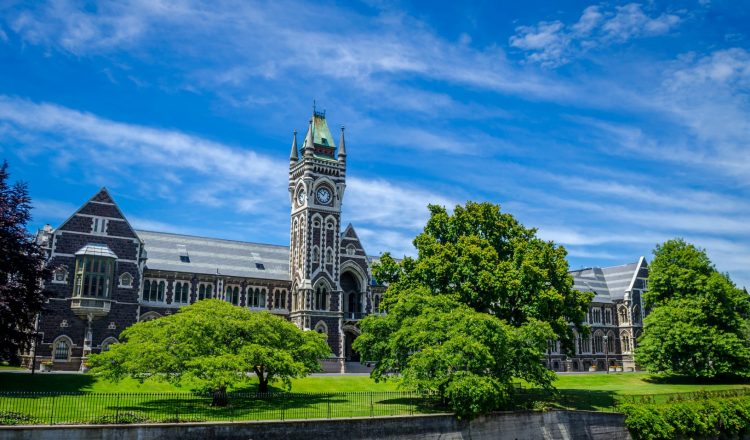초·중등학교
뉴질랜드에서 학교를 선택하기 전, 학교마다 작은 차이점들이 존재한다는 사실을 잘 알고 있어야 합니다.
뉴질랜드 학교는 대부분 공립이며 교육부로부터 커리큘럼을 승인받고 관리됩니다. 따라서 뉴질랜드에서 공립학교를 다니는 학생이라면 소득십분위 등급에 상관없이 비등한 교육을 받습니다.
공립학교
공립학교는 정부가 지원하고 운영하며 뉴질랜드 국민과 영주권자에게는 무료입니다. 하지만 문구, 유니폼, 교과서 및 학교 여행 비용 등은 자비로 내야 하며, 학교는 정부 지원금 외 자발적인 기부를 요청할 수 있습니다.
각 공립학교는 학교 교장, 학부모에 의해 선출된 다수의 이사(일반적으로 5명), 학교 직원이 선출한 직원 이사 1명, 중등학교의 경우 학생들이 뽑은 학생 대표로 구성된 선출 이사회에 의해 운영됩니다. 공립학교는 교육부의 커리큘럼을 따르며 종교와 관련 없습니다.
공립통합학교
공립통합학교는 1975년 사립 가톨릭 학교 제도가 붕괴된 후 과거 사립학교들이 국공립 교육제도에 통합하기로 결정했지만 그 특수성을 유지하는 경우입니다. 공립통합학교의 대다수는 가톨릭이지만 다른 종교, 기독교 종파, 다양한 교육 철학에 따라 설립된 학교들도 있습니다.
사립학교 소유주들은 경영자로서 존속하며, 학교의 고유성이 잘 유지될 수 있도록 학교 이사회에 참석합니다. 공립통합학교는 개인 소유의 토지와 건물의 비용을 충당하기 위해 학부모들에게 “출석비”를 부과합니다. 뉴질랜드 국민과 영주권자의 출석료는 가톨릭 학교의 경우, 보통 연 240달러 ~ 740달러 사이이며 가톨릭이 아닌 공립통합학교의 경우 연 1,150달러 ~ 2,300달러 사이입니다.
사립학교
뉴질랜드에서는 5% 미만의 학생들이 사립학교에 다닙니다.
사립학교는 남녀공학(co-educational 또는 “co-ed” schools로 알려짐), 남학교, 여학교 등 다양하며 일부 사립 학교는 기숙 시설을 갖추고 있습니다.
사립학교는 정부의 보조금으로 운영되지 않으므로 학기 또는 연도별로 정해진 학비를 내야하는데, 이는 보통 연 20,000달러 정도입니다.
차터 스쿨(자율형 공립학교)
차터 스쿨은 교육부 시스템 밖에서 운영되는 공립학교입니다. 2014년에 5개의 소규모 학교로 시작하였고, 차터 스쿨의 교사는 반드시 교사자격증이나 관련 증명서 등을 소지해야 하는 것은 아닙니다. 교장 역시 반드시 있어야 하는 것이 아니며, 이익 창출로 소득을 얻을 수 있습니다. 교육부의 커리큘럼을 따를 필요가 없습니다.
홈스쿨링
뉴질랜드에서 홈스쿨링은 다양한 교육 제도 중 하나입니다.
집에서 자녀를 교육하려는 학부모(보호자)는 먼저 지방 교육청의 승인을 받아야 하며, 승인 후에 등록된 학교로부터 입학 면제 증명서를 받게 됩니다. 이는 학부모/보호자가 자녀의 학습 프로그램을 제공, 감독 및 모니터링할 법적 책임이 있음을 뜻합니다.
두 명 이상의 자녀를 홈스쿨링하려면 각 자녀마다 별도의 입학 면제 증명서가 필요합니다.
학교 징계
뉴질랜드 아이들은 학교에서 편안하고 안전하다고 느낍니다. 뉴질랜드에서는 누구나 신체적 힘을 사용하여 학생들을 벌주는 것은 불법입니다. 오직 학부모만이 자녀를 위험으로부터 떨어뜨려놓기 위한 제재를 가할 수 있으므로 어떤 상황에서도 교사가 툭툭 친다거나, 매질과 같은 신체적 체벌을 학생들에게 가할 수 없습니다. 처벌은 주로 추가 숙제를 내준다거나, 교사 감독 아래 방과 후 학교에 남아 과제를 하는 정도입니다.
학교 점심
몇몇 학교에서 급식소를 지을 예정이나, 대부분의 학교에는 샌드위치, 샐러드, 음료를 판매하는 매점이 있습니다. 일반적으로는 도시락을 싸옵니다.
숙제
특히 유학생을 둔 학부모들은 뉴질랜드 학교는 숙제를 많이 내주지 않는다고 불평합니다. 일반적으로 학교는 하루 30분에서 1시간 분량의 숙제를 내줍니다. 그러나 많은 학생들은 쉬는 시간 틈틈히 숙제 끝내버리고 홀가분한 마음으로 하굣길을 나섭니다. 숙제는 최소한으로 내주지만 그대신 음악, 드라마, 스포츠와 같은 추가 프로그램을 제공하며 일부 학교에는 과학반 및 방송반을 운영합니다. 이러한 프로그램은 일반적으로 점심 시간이나 방과 후 교실 밖에서 실행됩니다.

















































